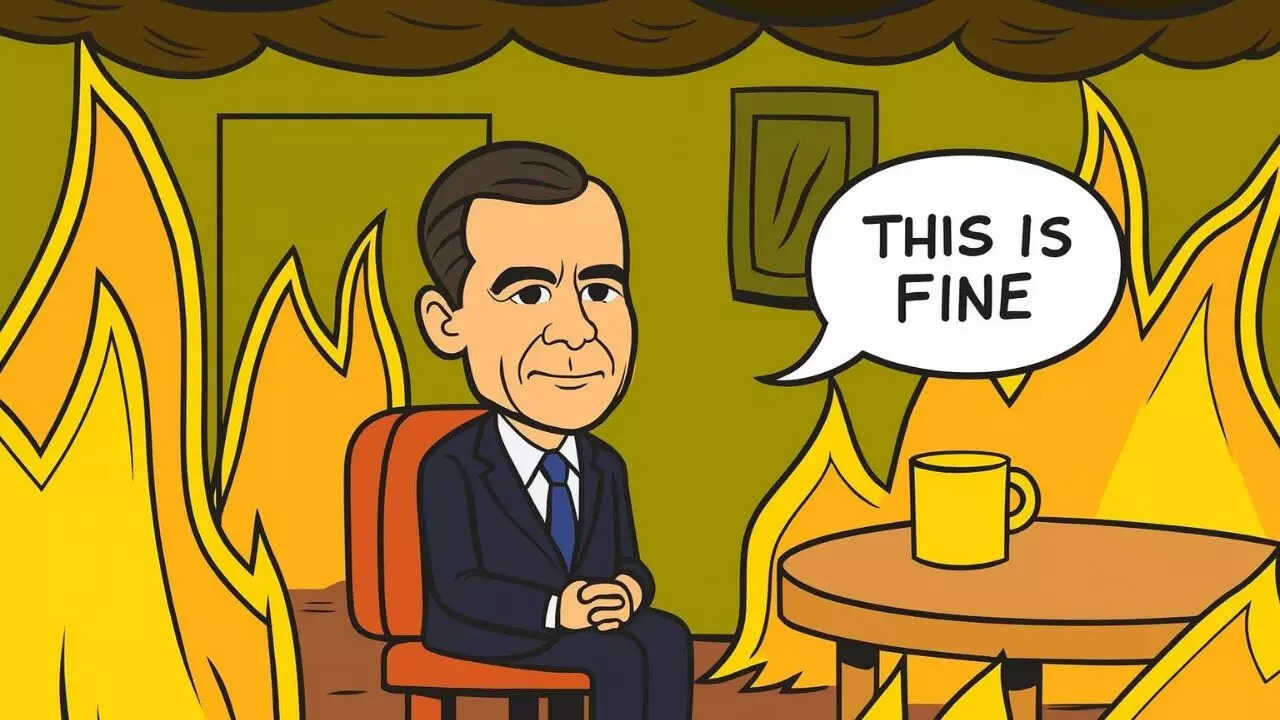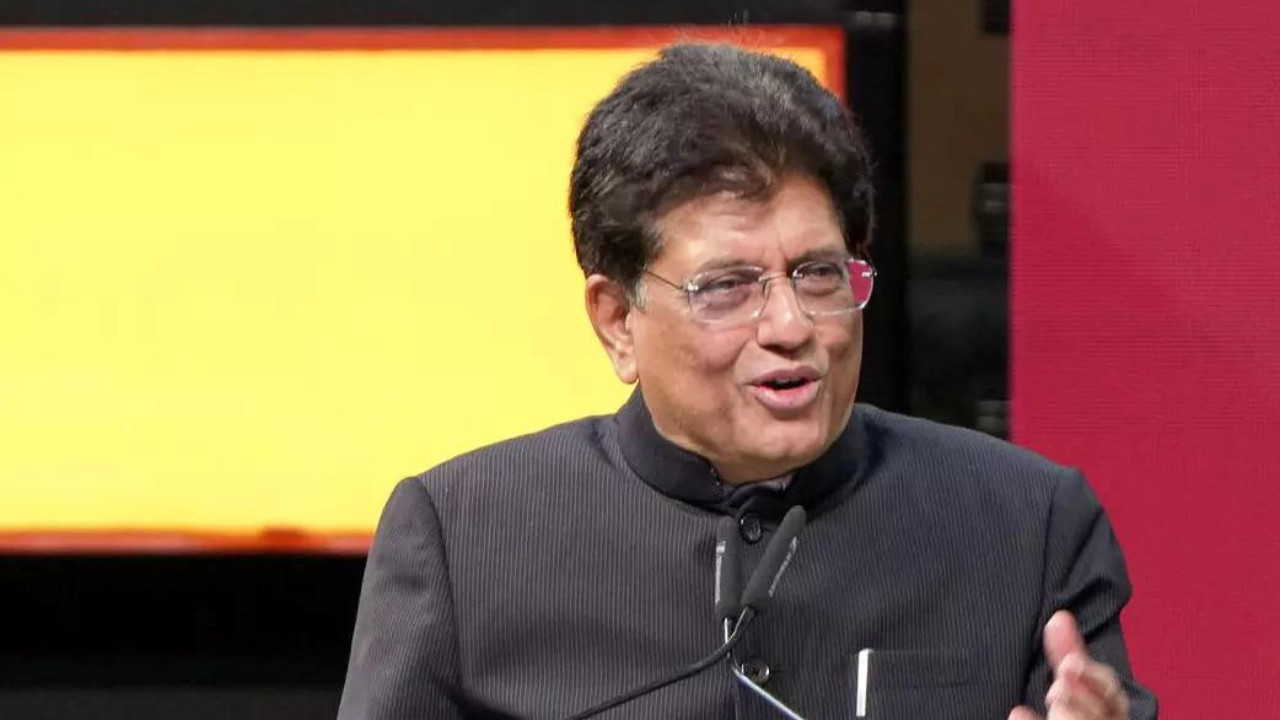Canada’s Prime Minister Mark Carney is projecting calm after US President Donald Trump imposed a 10% tariff hike on Canadian imports, triggered by a provincial ad. Carney aims to reassure Canadians and signal to the US that Ottawa won’t be bullied, while emphasizing trade diversification towards Asia and preparing for a new budget.
Calming the Canadian Waters: Mark Carney’s Playbook After Trump’s Trade Jab
The winds of economic uncertainty can whip up quickly, especially when global trade is involved. Recently, those winds blew a little harder across the Canadian border, thanks to some tariff talk south of the border. When that happens, you need a steady hand at the helm – someone who can both understand the complexities of international finance and communicate a message of stability. Enter Mark Carney, former governor of both the Bank of Canada and the Bank of England, now wielding his expertise to reassure Canadians.
But what exactly did Trump threaten, and why did it cause such a stir? The specifics centered on the potential imposition of tariffs, trade barriers designed to protect domestic industries by making imported goods more expensive. The threat, even if not immediately enacted, can send ripples of concern through markets and businesses, prompting anxieties about future trade relations. This uncertainty can lead to businesses delaying investments, consumers tightening their purse strings, and an overall chilling effect on economic growth.
Why Carney’s Voice Matters in Navigating Trade Uncertainty
Carney isn’t just another economist offering commentary. He brings with him a level of credibility and experience that’s hard to match. Having steered central banks through significant global financial events, he understands the delicate balance between policy, public perception, and market realities. His calm demeanor and clear communication style are precisely what’s needed to navigate choppy waters. He doesn’t preach doom and gloom. Instead, he focuses on Canada’s inherent strengths and the strategies that can be employed to weather any potential economic storm.
But what makes Carney’s approach so compelling? He emphasizes the importance of focusing on the fundamentals. This means highlighting Canada’s economic strengths – its resources, its skilled workforce, and its commitment to fiscal responsibility. By underscoring these core elements, Carney aims to instill confidence in the Canadian economy’s resilience.

Strategic Diversification: A Key Element of the Response
Beyond emphasizing Canada’s strengths, Carney advocates for strategic diversification. He doesn’t suggest abandoning trade with the US – that would be unrealistic and counterproductive. Instead, he encourages Canadian businesses to explore and cultivate new markets around the globe. This approach reduces reliance on any single trading partner, making the Canadian economy less vulnerable to shocks emanating from any one country. Think of it as not putting all your eggs in one basket – a classic principle of risk management.
Diversification isn’t just about finding new customers; it’s also about fostering innovation and competitiveness within Canadian industries. By facing competition from diverse sources, Canadian businesses are incentivized to improve their efficiency, develop new products and services, and ultimately become more resilient and adaptable.
Building Bridges, Not Walls: Strengthening International Relationships
Another crucial aspect of Carney’s approach involves actively working to strengthen international relationships beyond North America. This means engaging with other trading blocs, such as the European Union and countries in the Asia-Pacific region, to foster mutually beneficial partnerships. By building these bridges, Canada can create a more diversified and robust trade network, reducing its dependence on any single relationship.
This proactive approach also involves actively participating in international forums and advocating for fair and open trade practices. By engaging in constructive dialogue and collaborating with other nations, Canada can help shape the global trade landscape and ensure a level playing field for its businesses. Consider exploring our article on [Canada’s role in global trade agreements](internal-link-here).
The Importance of a Unified Message in a Time of Uncertainty
Ultimately, Carney’s efforts are about more than just economics; they’re about leadership and reassurance. By providing a clear and consistent message, he helps to calm anxieties and build confidence in the Canadian economy’s ability to navigate potential challenges. This unified message is crucial for maintaining stability and encouraging investment, even in the face of external pressures. The core is that Canadians must see where strengths lie and how leadership is acting to protect those strengths.
In conclusion, while potential tariff threats can undoubtedly create uncertainty, Canada, with figures like Mark Carney offering guidance, is well-equipped to navigate these challenges. By focusing on its strengths, diversifying its trade relationships, and fostering a unified message of resilience, Canada can weather the storm and emerge even stronger on the other side. The key takeaway is not to panic, but to strategically adapt and build a more robust and resilient economic future.







